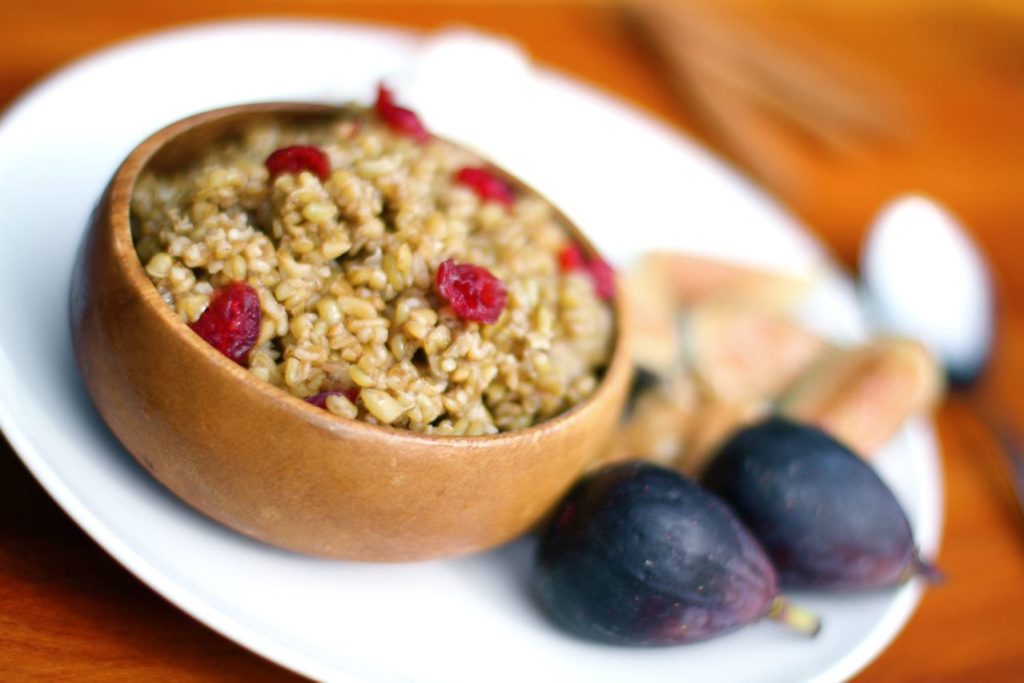
Food Focus: Freekeh
It’s so tempting to say, “Freekeh Friday,” but freekeh is actually good for you any day of the week. An ancient grain (mentioned as early as the 13th century), freekeh is made from green wheat that’s sun-dried, roasted, thrashed and then further sun-dried.
Mostly used in cereal dishes in the U.S., freekeh is found in a lot of meat-based dishes in the Middle East and Africa. According to popular legend, freekeh was accidentally created about 2,000 years ago when marauders burned a Middle Eastern village and its crop of young, green wheat. Rather than lament their loss, the villagers rubbed the chaff off the burned wheat and cooked up what is now known as freekeh (the word even means “rubbed”)!
With a nutty, crunchy texture and a slightly smoky flavor, freekeh can be used in side dishes, in the same way you’d serve rice or pasta; in main dishes with a Middle Eastern flair; and in soups and salads. When searching for recipes, also try these spellings: frikeh or farik.
One of the first known freekeh recipes was a combination of freekeh, water, salt, cinnamon bark and fresh lamb-tail fat. Egyptians served the grain stuffed in pigeons, and Tunisians were known for their freekeh and bone marrow soup.
Freekeh Facts
- Freekeh has a low glycemic index, so it’s a good choice for people with diabetes.
- Freekeh has up to four times as much fiber as comparable grains, such as quinoa, brown rice and farro.
- Freekeh is high in protein, selenium, potassium, iron, zinc and magnesium.
- A roasted green grain, freekeh is regarded as a superfood.
- Wheat is the most common source of freekeh, but it can also be made from green barley, green triticale and other green grains.
- The high fiber content makes freekeh a good choice as a weight loss food; it also has less than a gram of fat per serving.